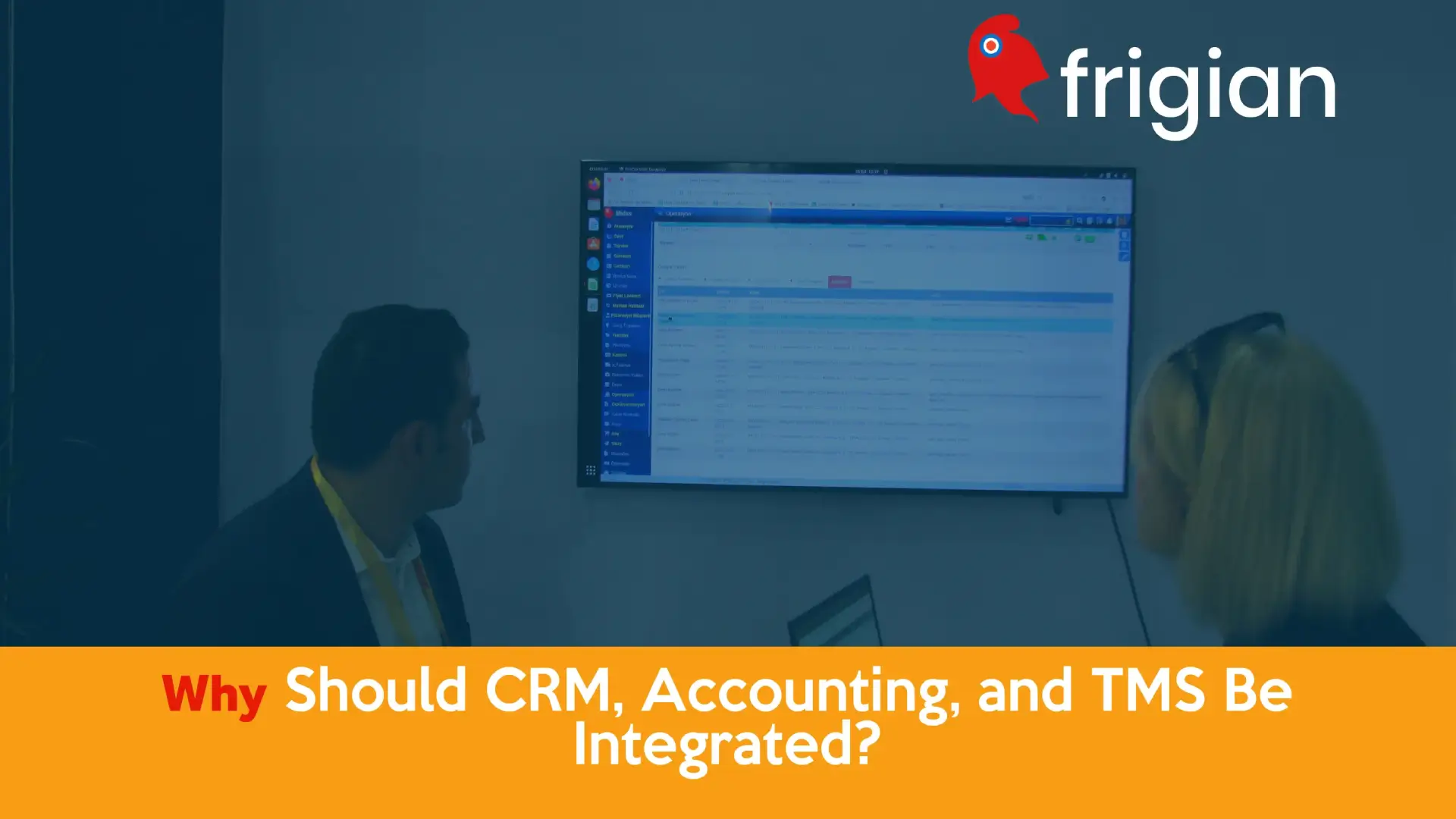Why Should CRM, Accounting, and TMS Be Integrated?

In November 2022, while planning the budget for 2023, Freight Forwarders based their calculations on usual increments. However, by October 2023, it became apparent that almost no Freight Forwarder would meet their planned budget. While their revenues are in USD, their expenses are in local currency, including taxes, rent, and social security premiums. The depreciation of the Local currencies in 2023 exceeded expectations and didn't present a significant problem in 2023, but it shattered expectations for 2024.
2024 will be a challenging year. Hence, entering it well-prepared has become more critical than ever. In this piece, I will detail why TMS, Accounting, and CRM systems need to be integrated and how the Frigian platform successfully implements this integration.
Looking back at the statistics, we see a slowdown in the number and volume of transactions beginning precisely in October 2022 – the end of the golden era of logistics. The most significant impact of this slowdown was a sharp decline in profitability. We couldn't use this data while forming the 2023 budgets. Now, as we approach 2024, we're entering a challenging budget period. To manage the tough 2024, we need good strategies, some luck, and the right tools.
Tracking customer movements with accurate data is invaluable. At Frigian, by integrating the TMS, Accounting, and CRM trio, we provide our users with significant advantages in forming marketing strategies. We categorize customers from A to E, and each of these groups is further divided into three: Increasing, Decreasing, and Stagnant. If a proposal given to a customer has passed 20 weeks without conversion, we revise the customer's grade to Group F. If this period extends to a year, we then update the customer's grade to ungrouped.
These group adjustments are automatically generated by the system based on the company's data from the past year, with no user having the authority to modify these group settings. So, there's no manipulation of the results.
Our new four-dimensional pricing matrix operates based on customer accreditation and groups. When registering a customer in our database, we provide accreditations like “Local Customer”, “Freight Forwarder Customer”, and “Overseas Agency”. Consequently, we also know unregistered domestic and foreign customers. We use these accreditations and system-generated groups such as A, B, C,.. F to determine our pricing policy and future strategy. And, of course, this data becomes available thanks to the integrated functioning of TMS, CRM, and Accounting departments.
The real issue we're addressing here isn't about the quality of a customer or their representative. It's about ensuring the company progresses on a healthy foundation. Sometimes, even changing a customer's representative can be a solution, and this knowledge is only possible with an integrated infrastructure.
As Somer Sivrioğlu quoted John Lennon in his program last night, 'Life is what happens to us while we're busy making other plans.' We must plan now for future challenges, but of course, we'll never truly know what's in store.




